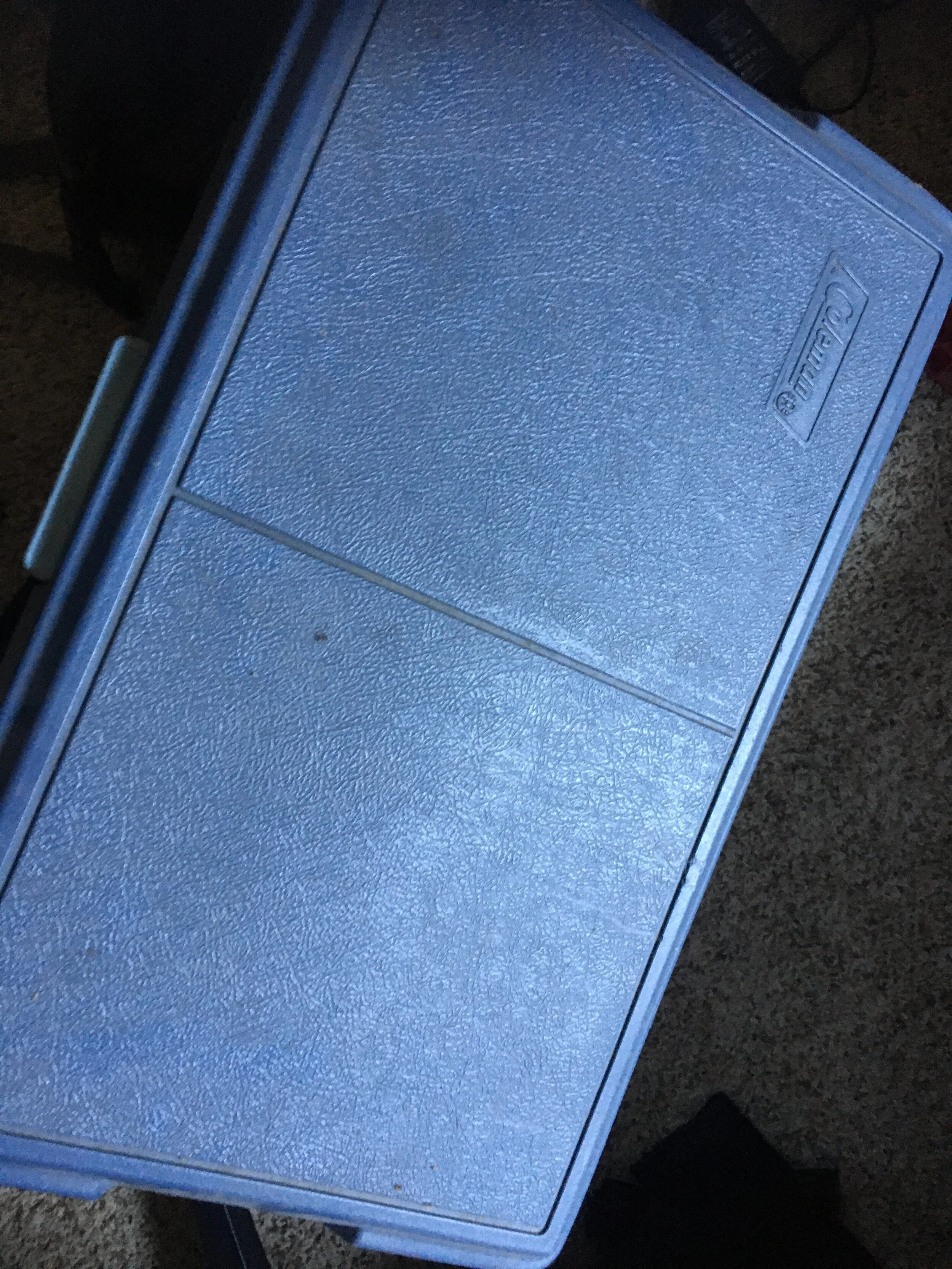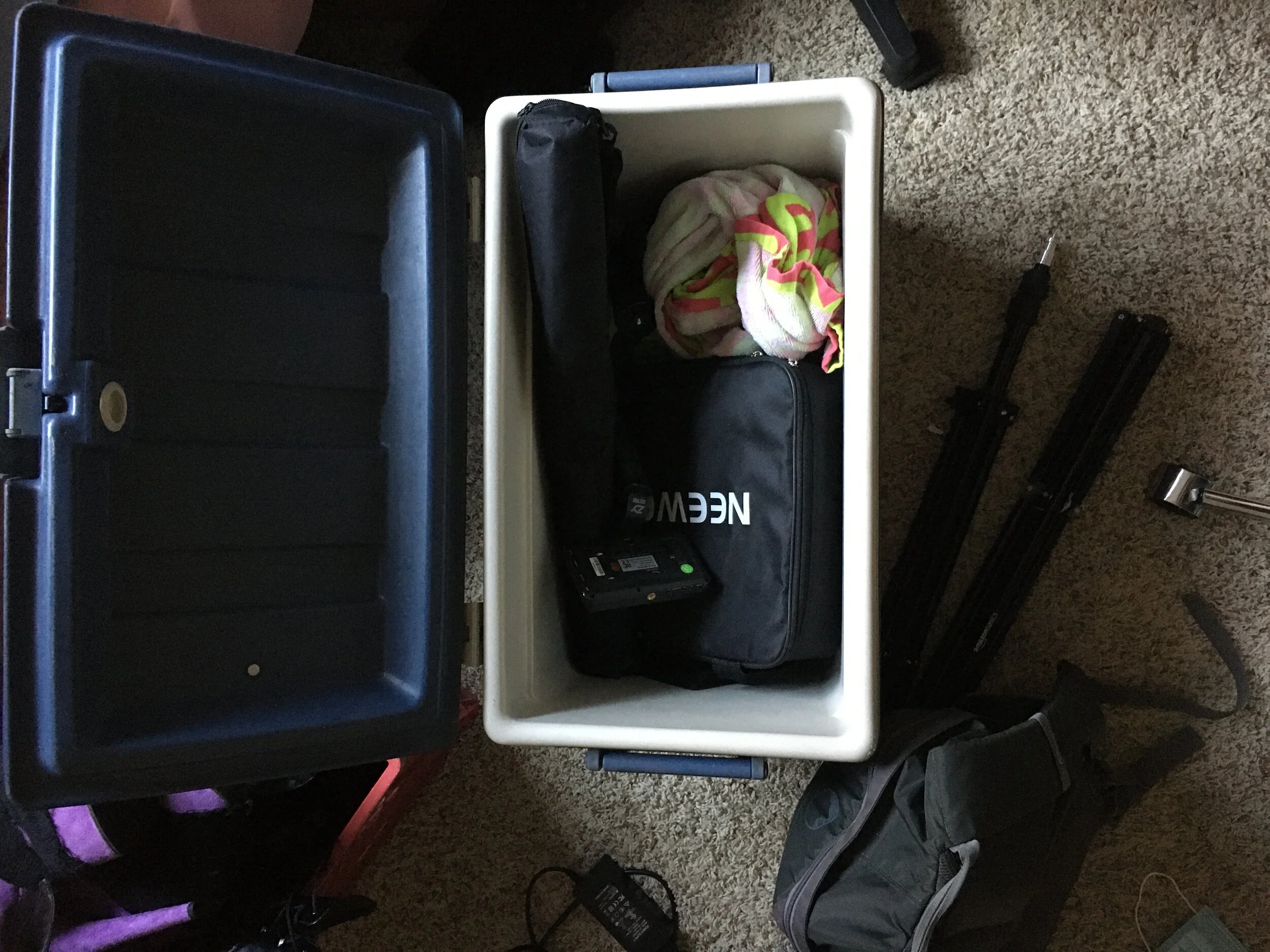Filming Dancers at the Beach (What You Need to Know)
Recently I filmed at the beach for the first time. Let’s be clear - I’ve photographed people at the beach countless times...but I had never filmed someone there, at least professionally; These are very different situations!
So, I have some tips and advice for anyone planning to film at the beach. These tips could seriously save you from some bad situations, so I hope you take notes and let me know if you use any!
Some things you need to ask yourself and consider when you are planning to film at the beach are:
Will you be capturing audio from the session? (microphone or not). If you are, will the natural ocean breeze allow you to still capture decent audio? It is unlikely, or you will need a very good mic with a wind filter attachment.
What items might you need that would normally be available in a studio setting? Think music, bathrooms, cell service. I recommend bringing a bluetooth speaker for the music part. JBL makes great ones!
Will you need supplementary lighting? If you are filming anytime before sunset, having enough light should not be an issue. (Do beware of shooting when light is most harsh, between 11am-4pm most of the year). However, if you are filming at sunset, make sure to time it right. If the sun goes down, there goes your main light source, and you will have to either bump the ISO to create enough light, or add a supplemental light. And you won’t want the noisy footage look that extra ISO creates. ALSO - if you are filming a reel (instead of just one clip), know that the lighting will absolutely change over the course of your shoot. If that’s an issue, beware.
Is your equipment safe? This is a big one. By filming outdoors, you are already taking a risk with your equipment. Being at the beach means sand, moisture, and random passerby’s. Make SURE to have a protective filter on your lens! Because your lens WILL get dirty - there is moisture in the air that you will not see or feel, but that your lens definitely will. On this note, make sure to have a towel, tarp, or large trashbag to lay your stuff on so it doesn't get dirty. The bigger the surface, the better.
Do you need a stable surface? This seems simple, but if you use a stabilizer like I do, which requires you to “balance” the camera, you will need a flat solid surface, and at the beach this can be difficult to find. See Tip #3 below for my favorite fix for this.
How will you GET to your exact location?
Where will you park? Will carrying your equipment to the filming spot be a hassle? Think about possible barriers between your parking spot and the specific spot for filming - is the shore far? Are there steep ramps to get down to the sand? What happens if parking is difficult and you must park far away? Is there a way to mitigate this? Always have a plan, and if you don’t, make sure to arrive early to account for these factors.
Worst case scenario.
Think about the worst case scenario at a public beach. Crowds means people flying kites, playing catch, and willful “observers.” Airplanes overhead? You bet! Creeps who want to get involved? Count on it. What happens if you walk away even just a little from your gear and stuff? What about cops and patrol cars? Is there a permit needed to do your filming? What are the penalties if you get caught? These are all concerns to at least be aware of.
What kinds of things might your talent need?
Part of being a good photographer or videographer is thinking ahead for your subject, too. I always send an email with things the client might want to bring, but when it comes to the beach, you will want to be extra cognizant of this. If your talent is doing something that requires backup of something, encourage them to bring it. I recommend having a plan B for anything you shoot on the beach - both for the subject and the videographer. If they are doing something that requires the availability of another thing, what will you do if that fails?
That beach breeze.
I was shooting fire dancing at the beach and it was WINDY. We almost couldn’t light the props because the wind made catching a flame near impossible. We were lucky that we succeeded in lighting her props, but keep in mind the wind can make many things, including this, difficult. How might it affect your shoot? Being able to hear the dancer? Being able to vocalize during the shoot?
TAKEAWAY/TIPS TO FOLLOW:
Arrive early. At least 30 minutes. For unpredictable locations and situations, you will need time to account for anything that could come up. For us, that was parking. We had to shoot further down the coast than we had planned for, and we had to park on a side street located on a fat hill. Made carrying things hard - not impossible - but hard.
Have an assistant. This will come in bigger help than you realize. When I shot at the beach, I thought of at least 3 situations where an assistant would have helped make it run more smoothly. It eliminates the risk of bad things happening, and when you are dealing with your expensive camera gear, this makes it worth it. It also helps in case weirdos come up to you during the shoot and you don’t want to deal with them. Like having a security guard!
Bring your camera gear in a cooler. One of the best photographer hacks I learned. Pack your camera and lenses into a durable cooler. Not only will this hide the fact that you are shooting, but it also acts like a protective case for your stuff. AND it has a flat surface for you to place your stabilizer or camera on, above the sand level. BOOM! Just make sure the lid locks correctly.
I hope this helps! If you found this blog post at all useful, I’d love to hear it in a comment. Feel free to join my Facebook group to ask specific questions: https://www.facebook.com/groups/theinspiredcapture
Good luck on your shoots!
Jamie
Use a cooler for a hard surface!
Inside the cooler



